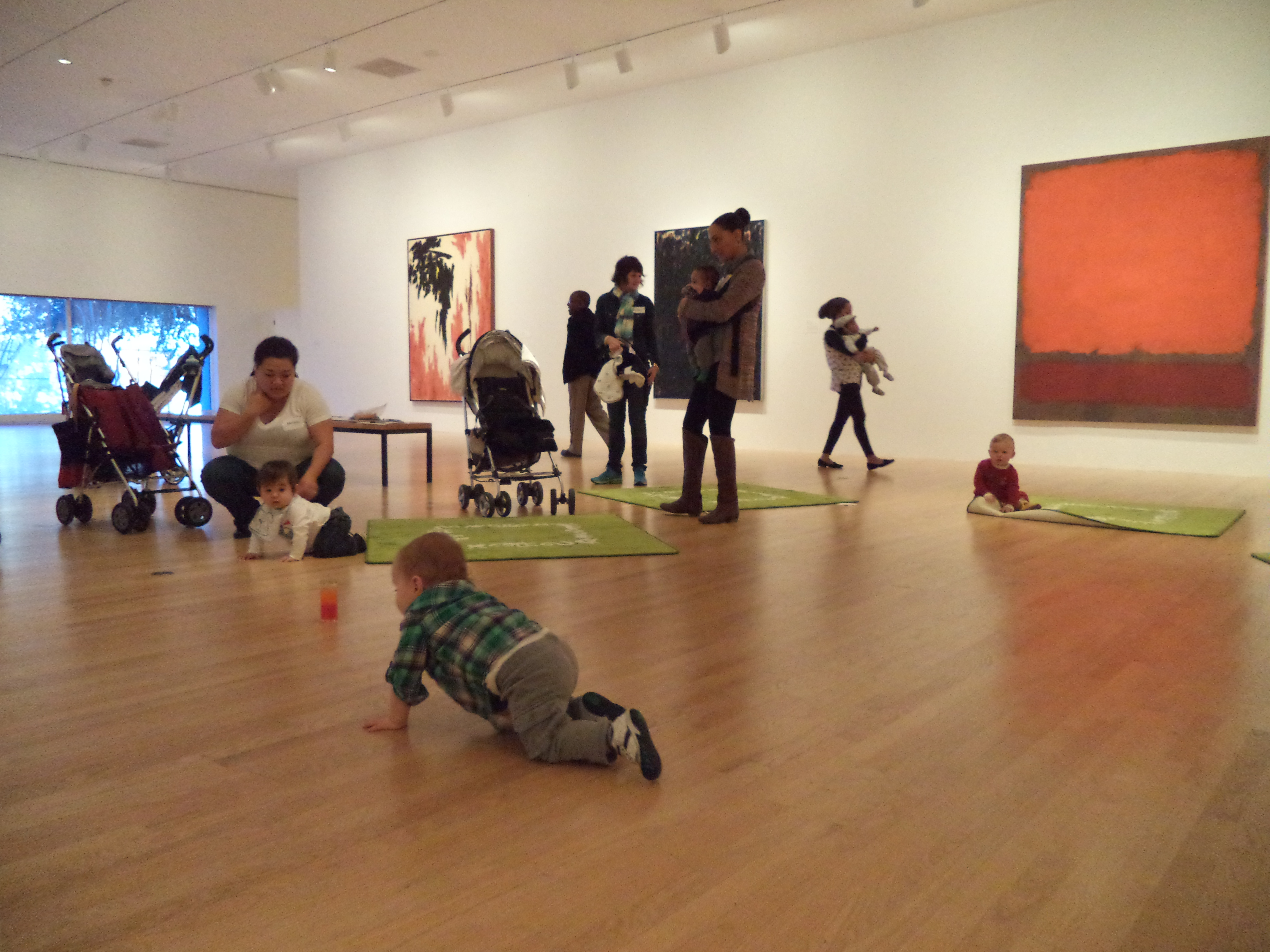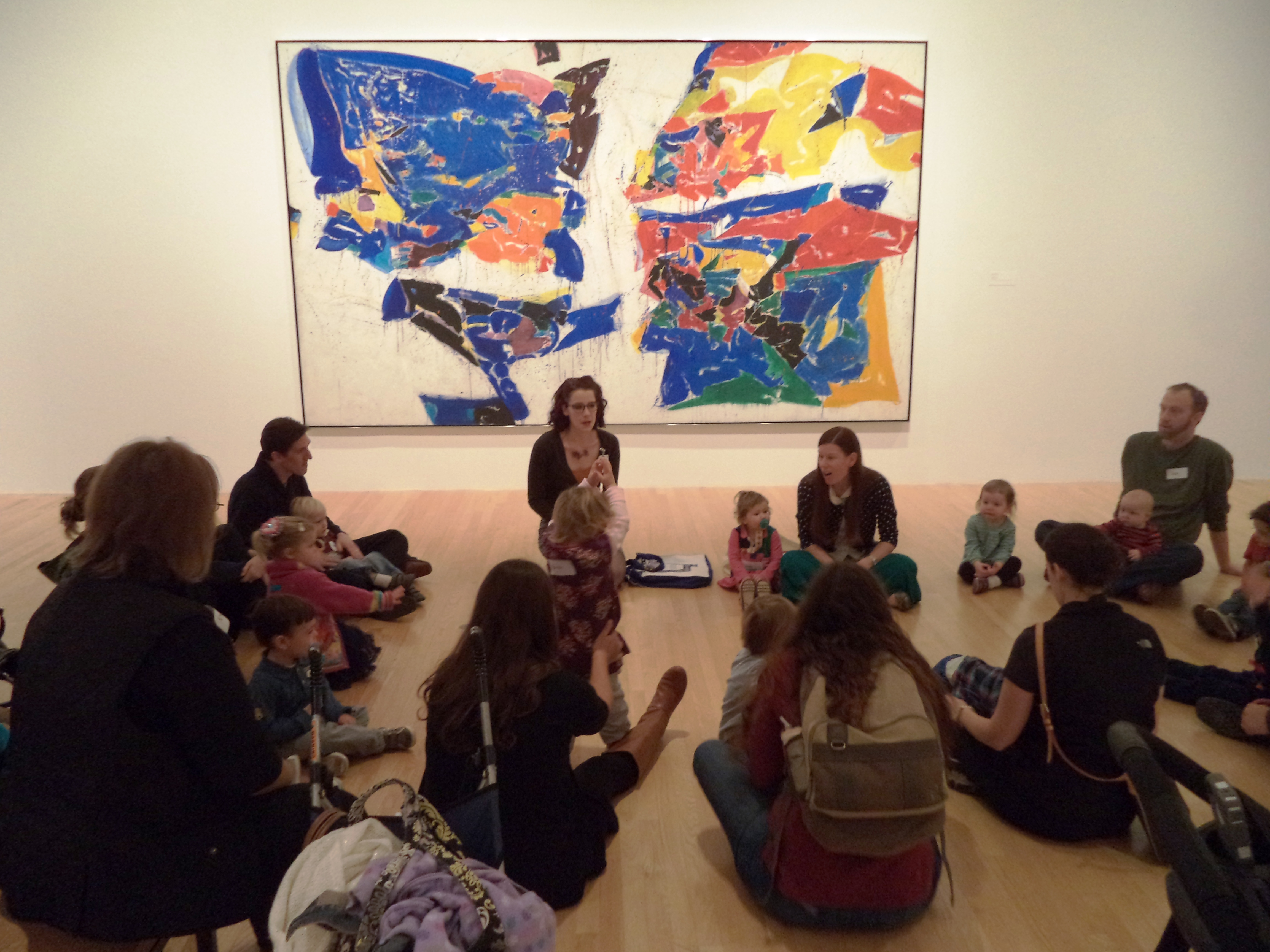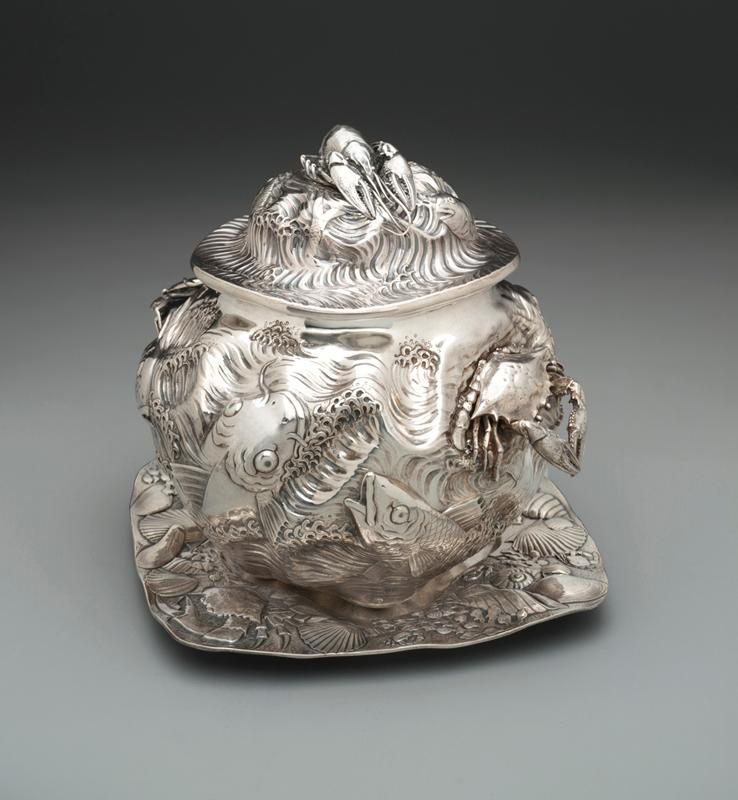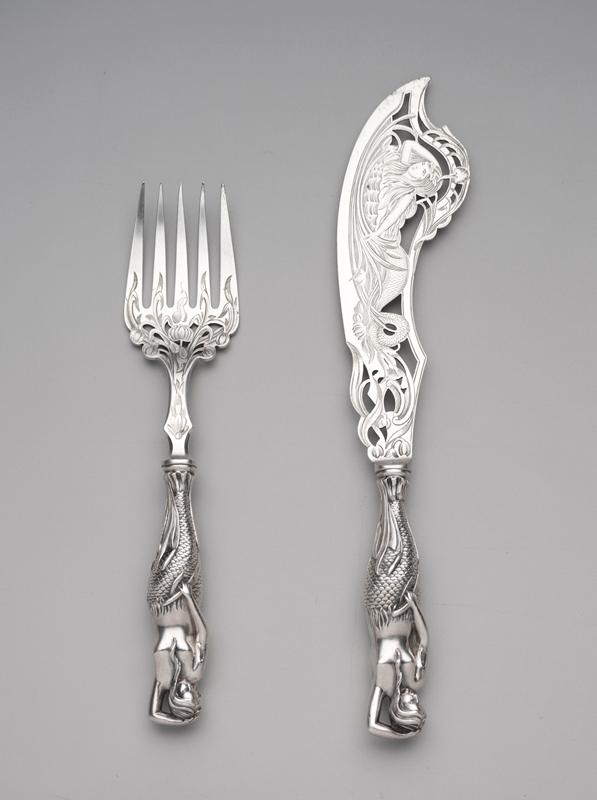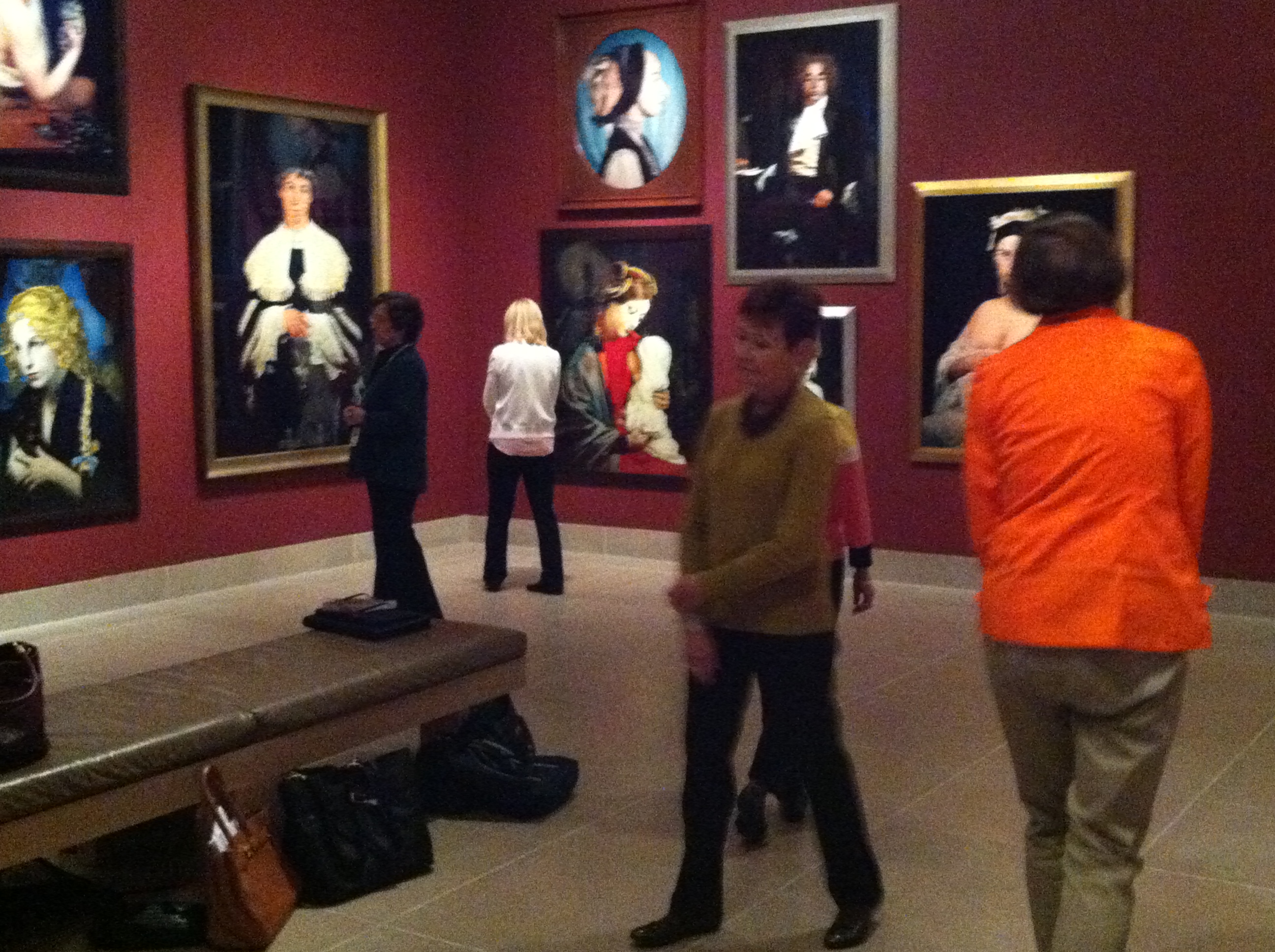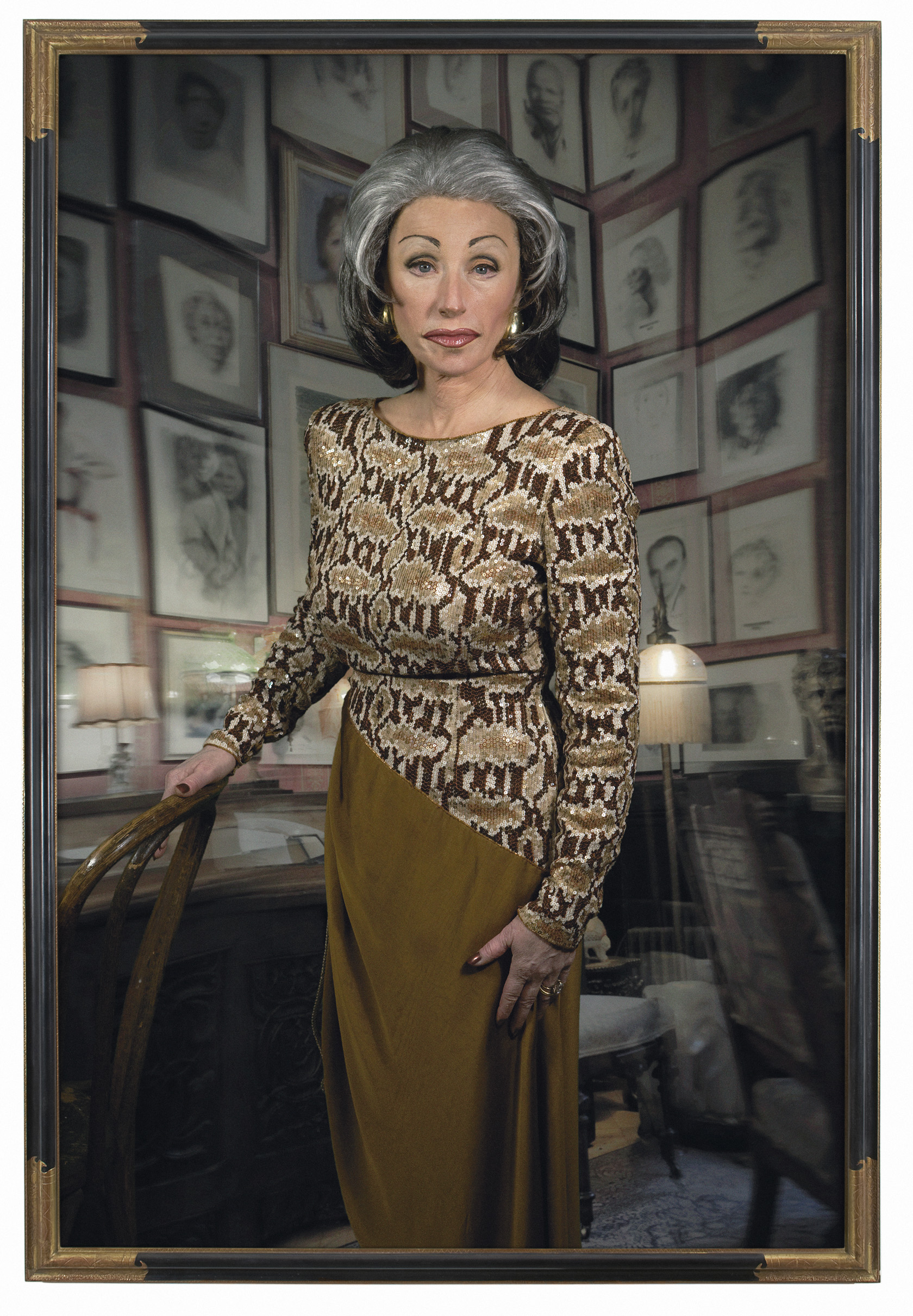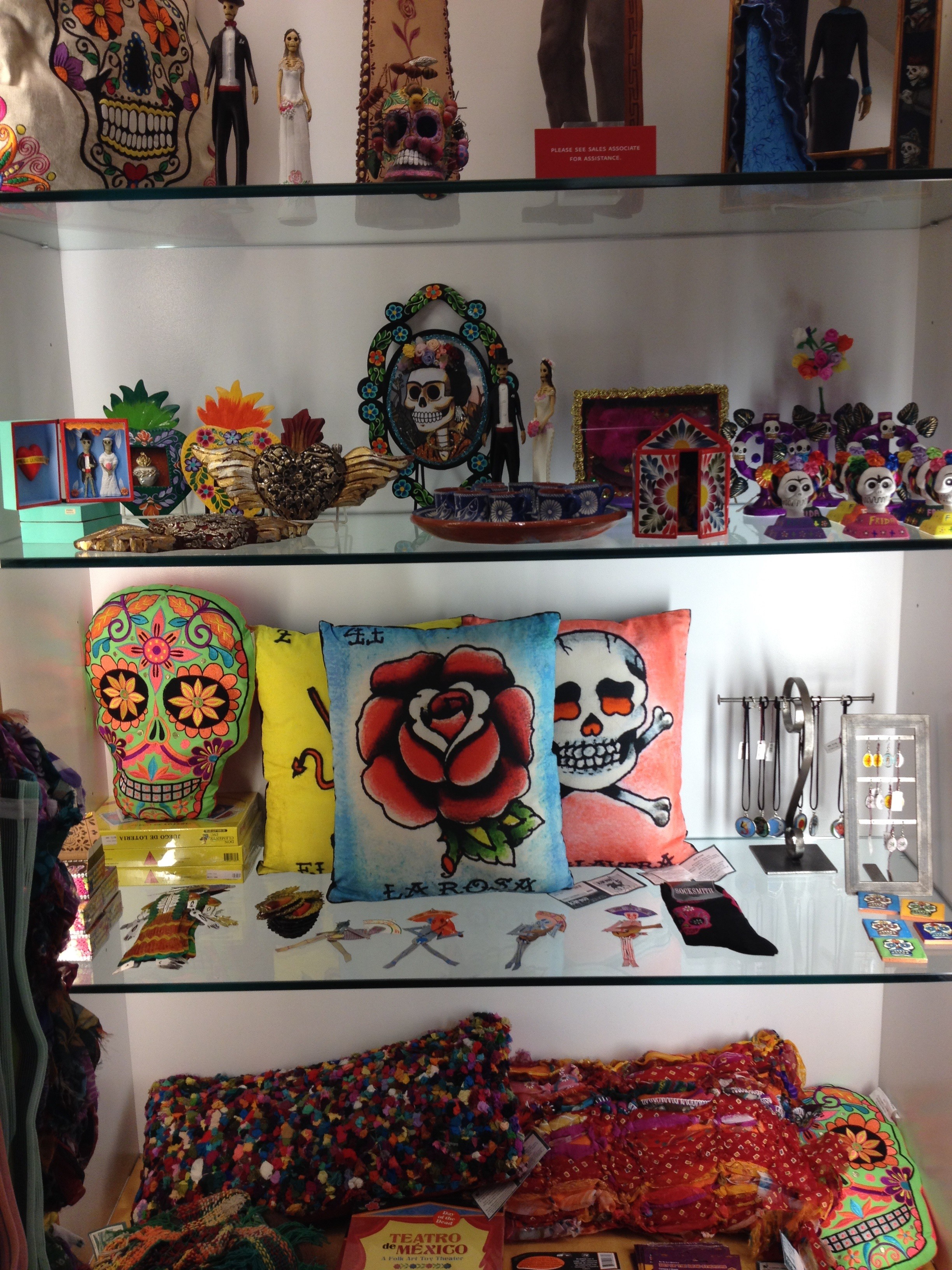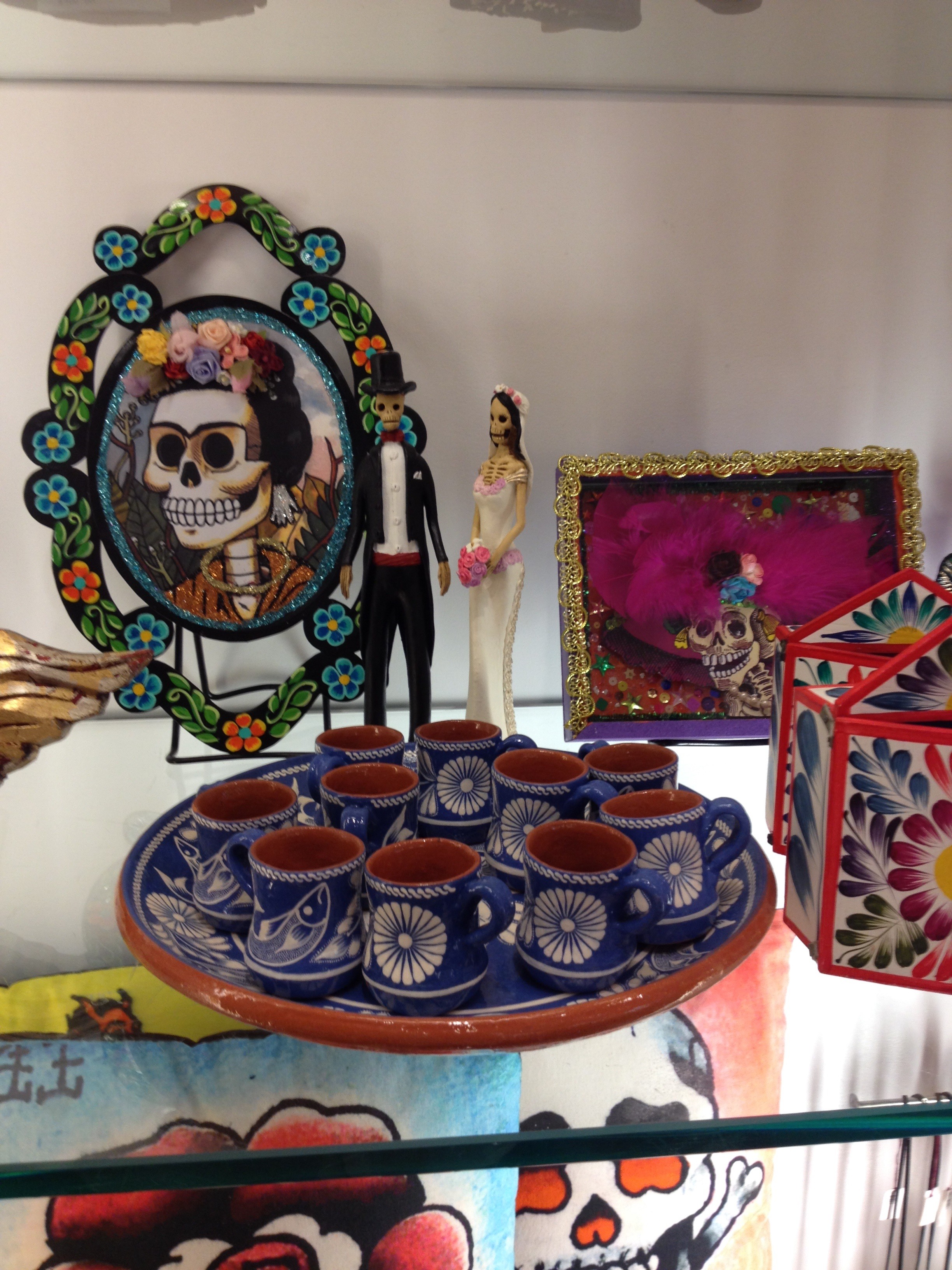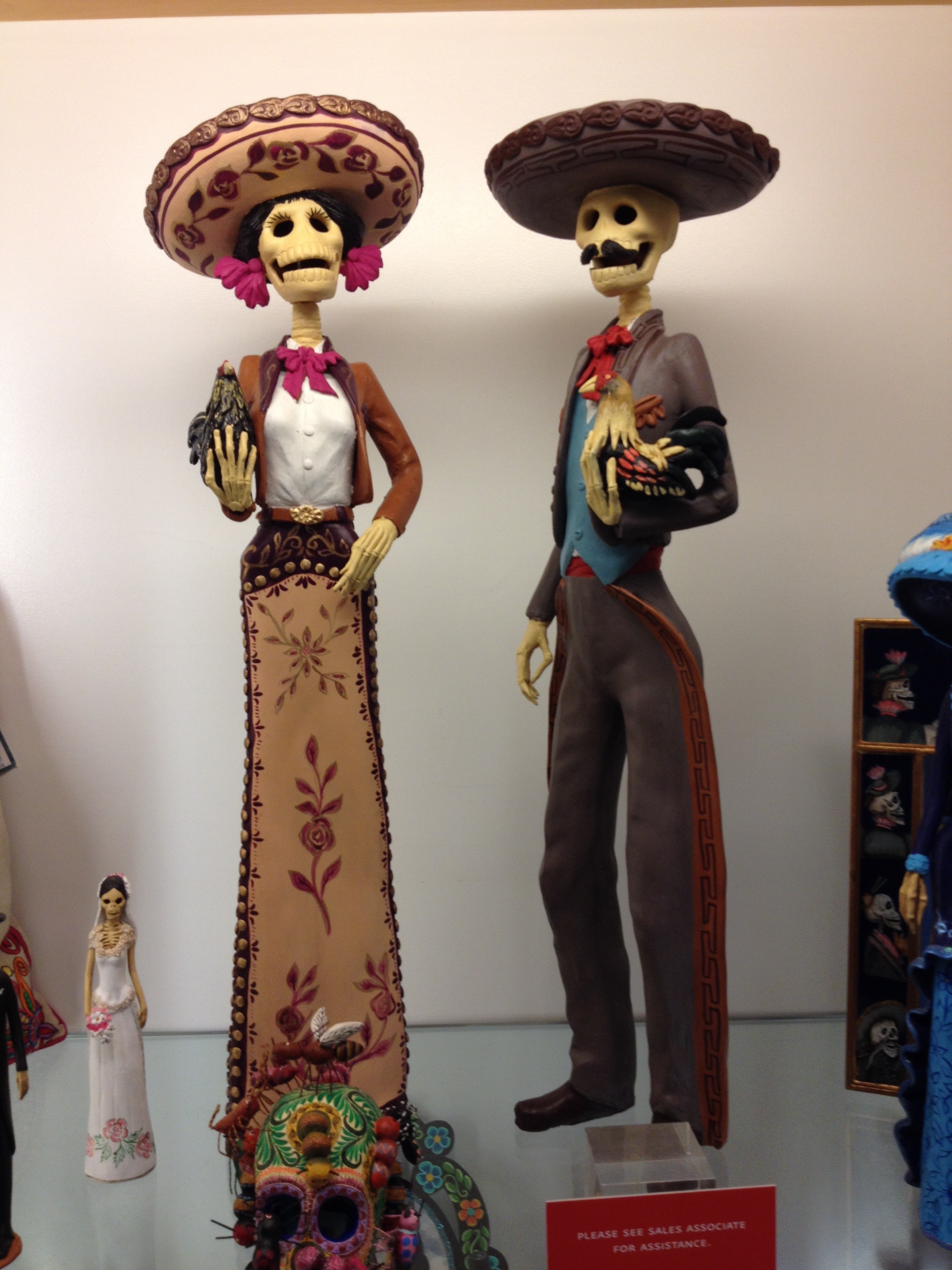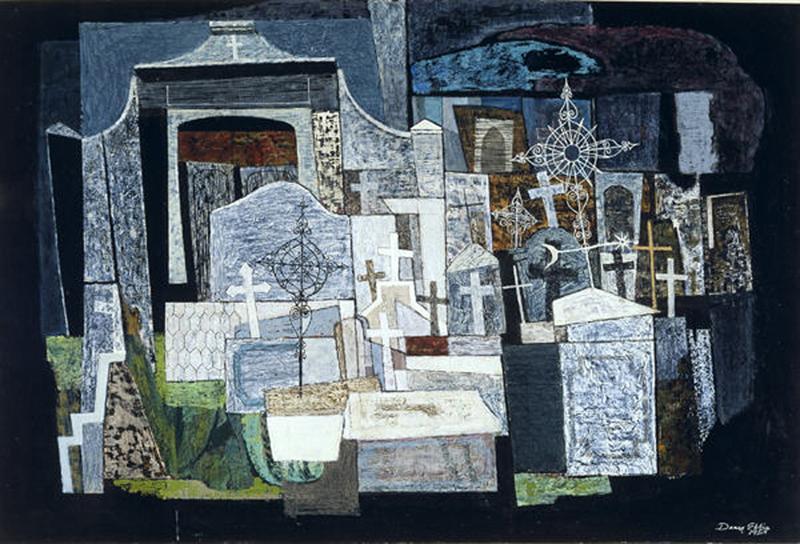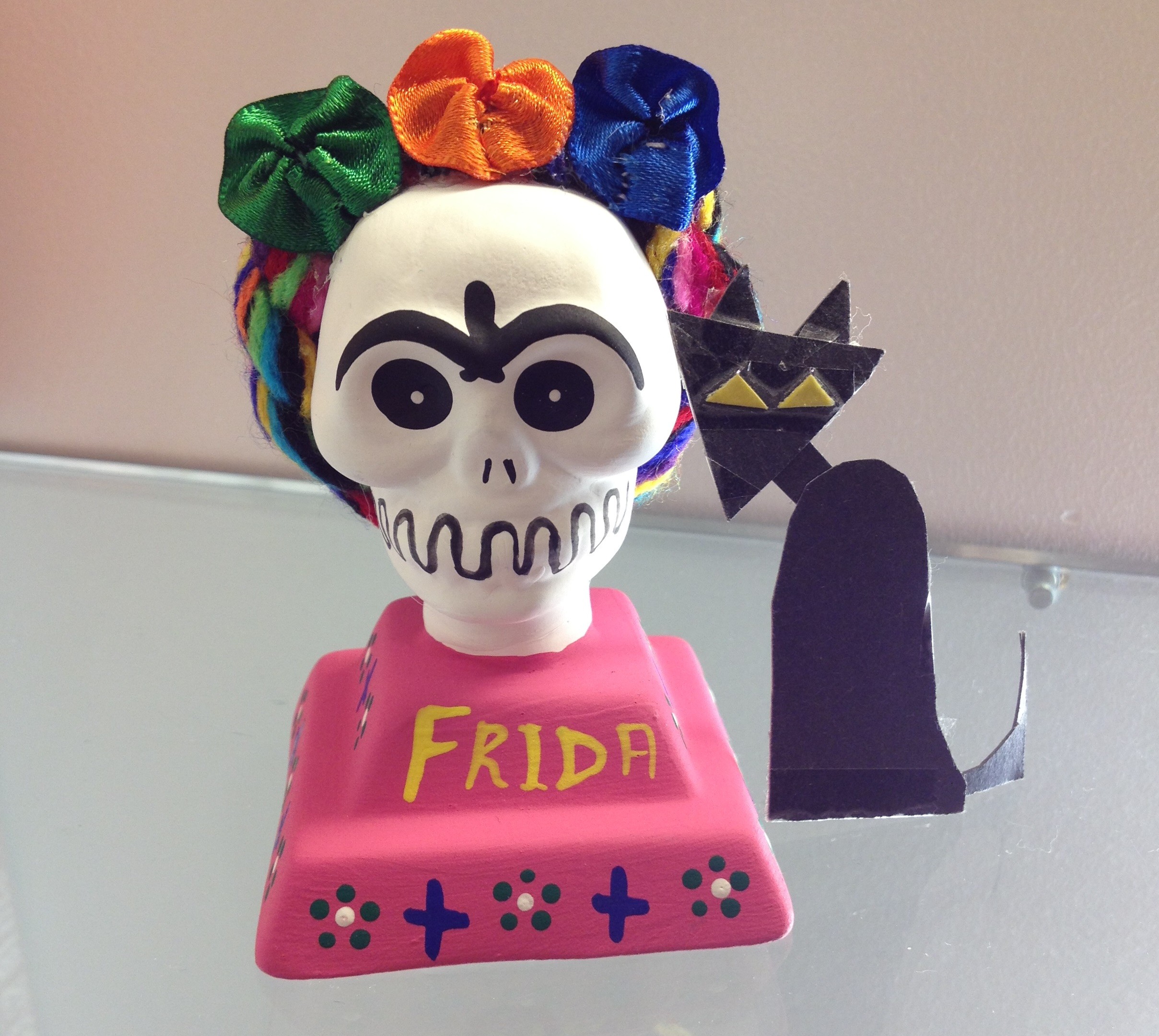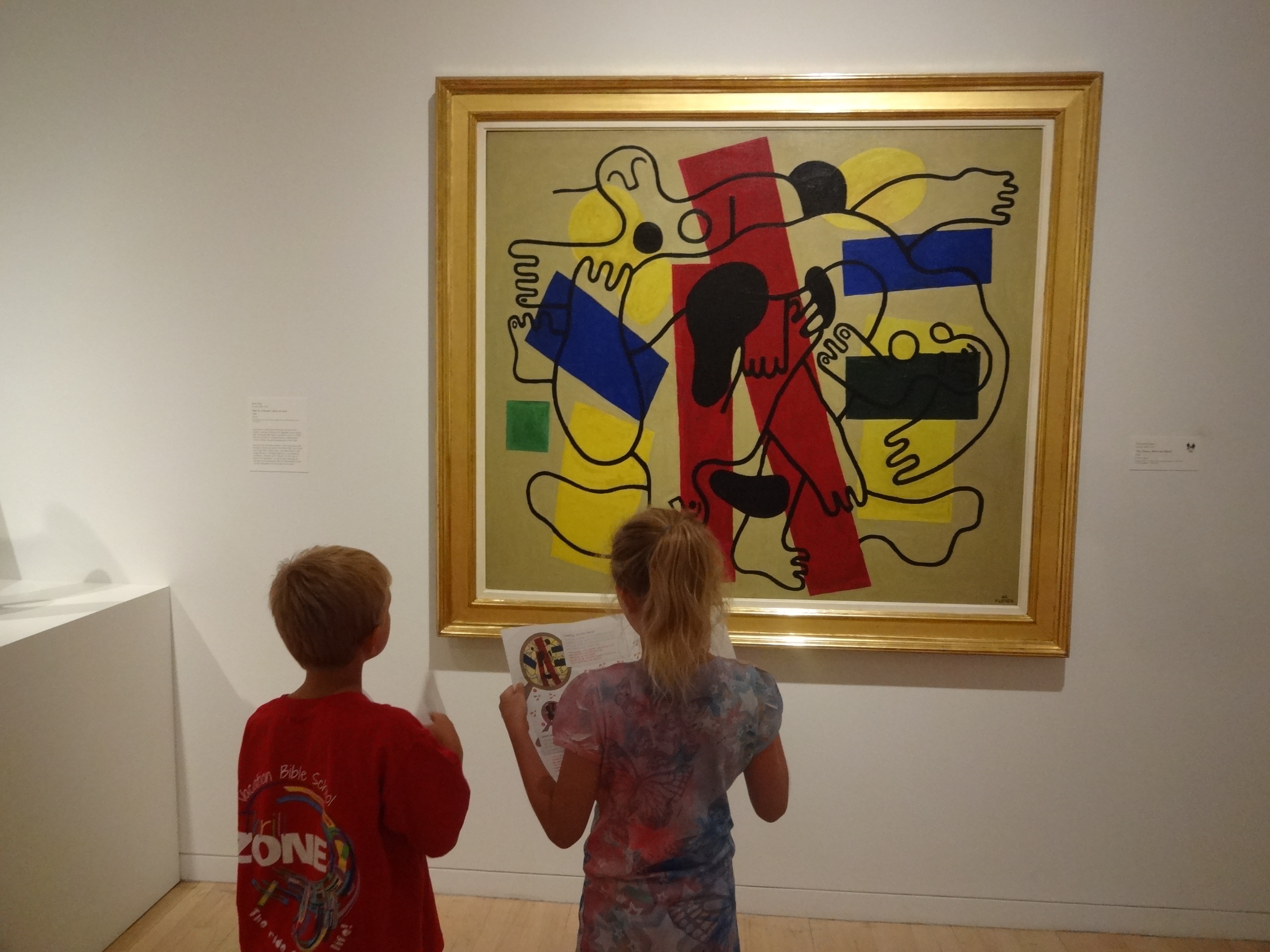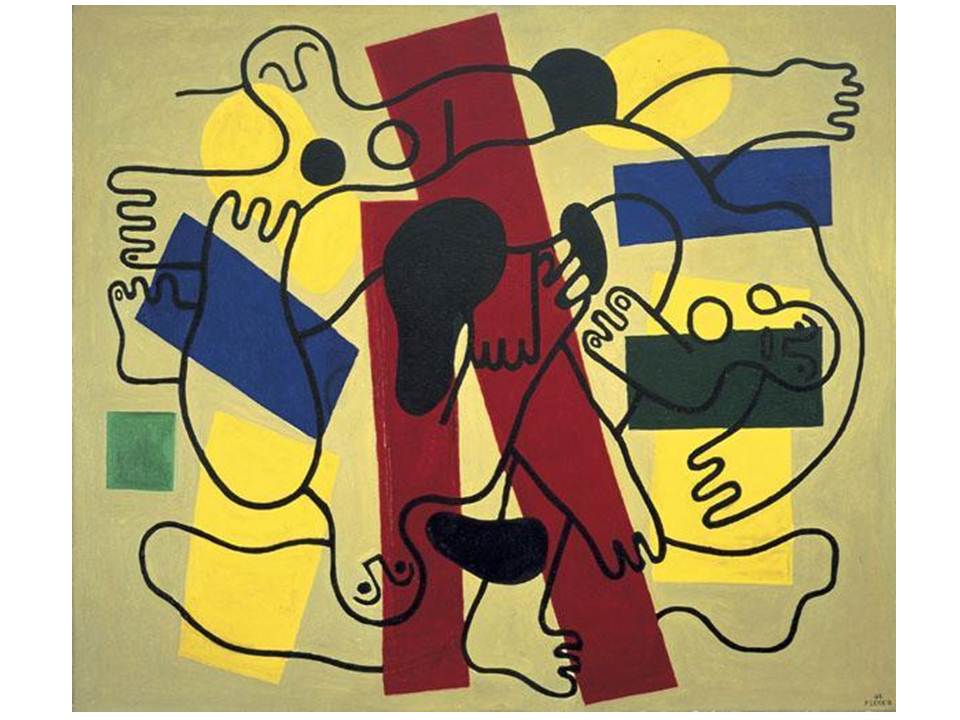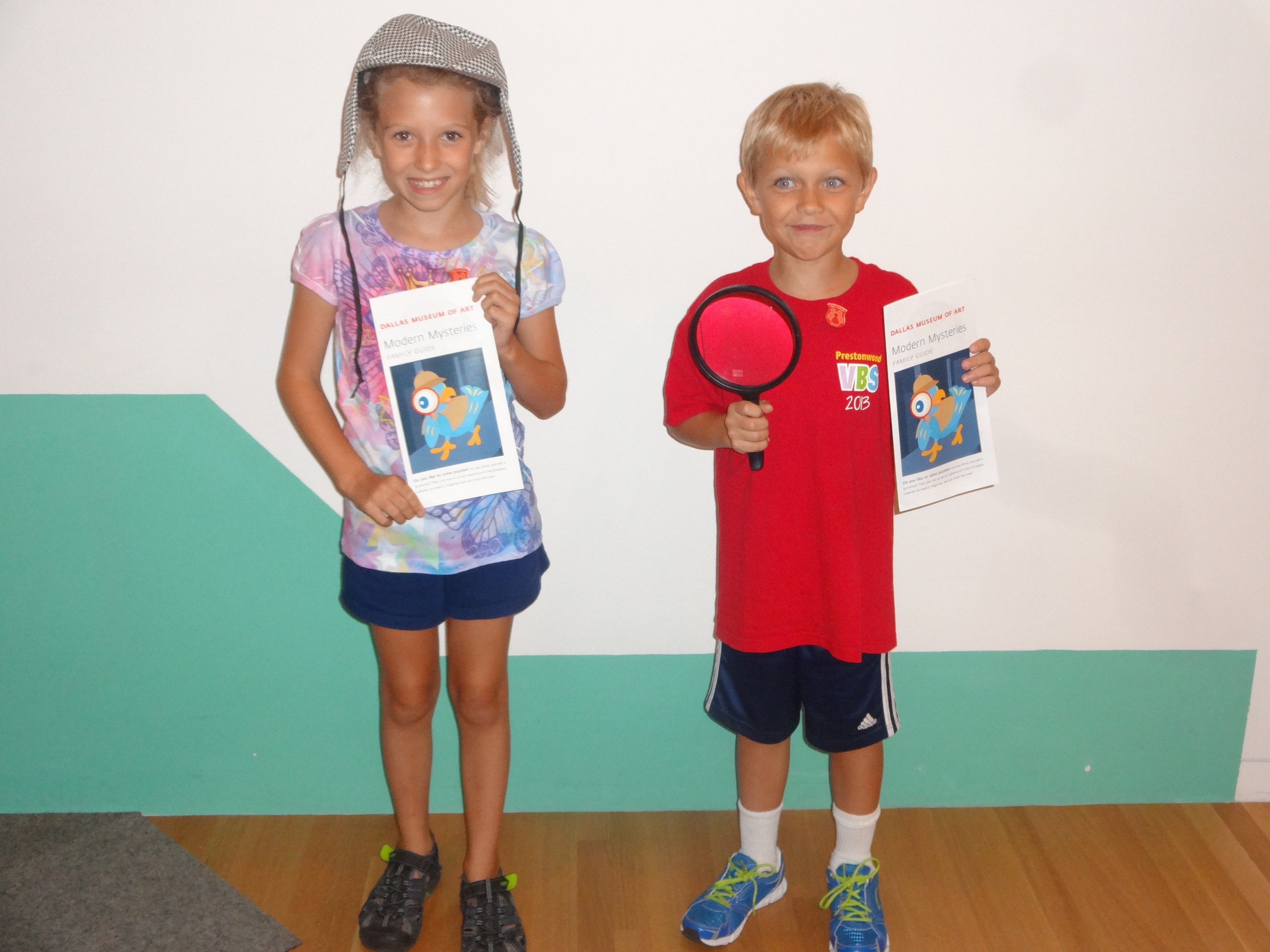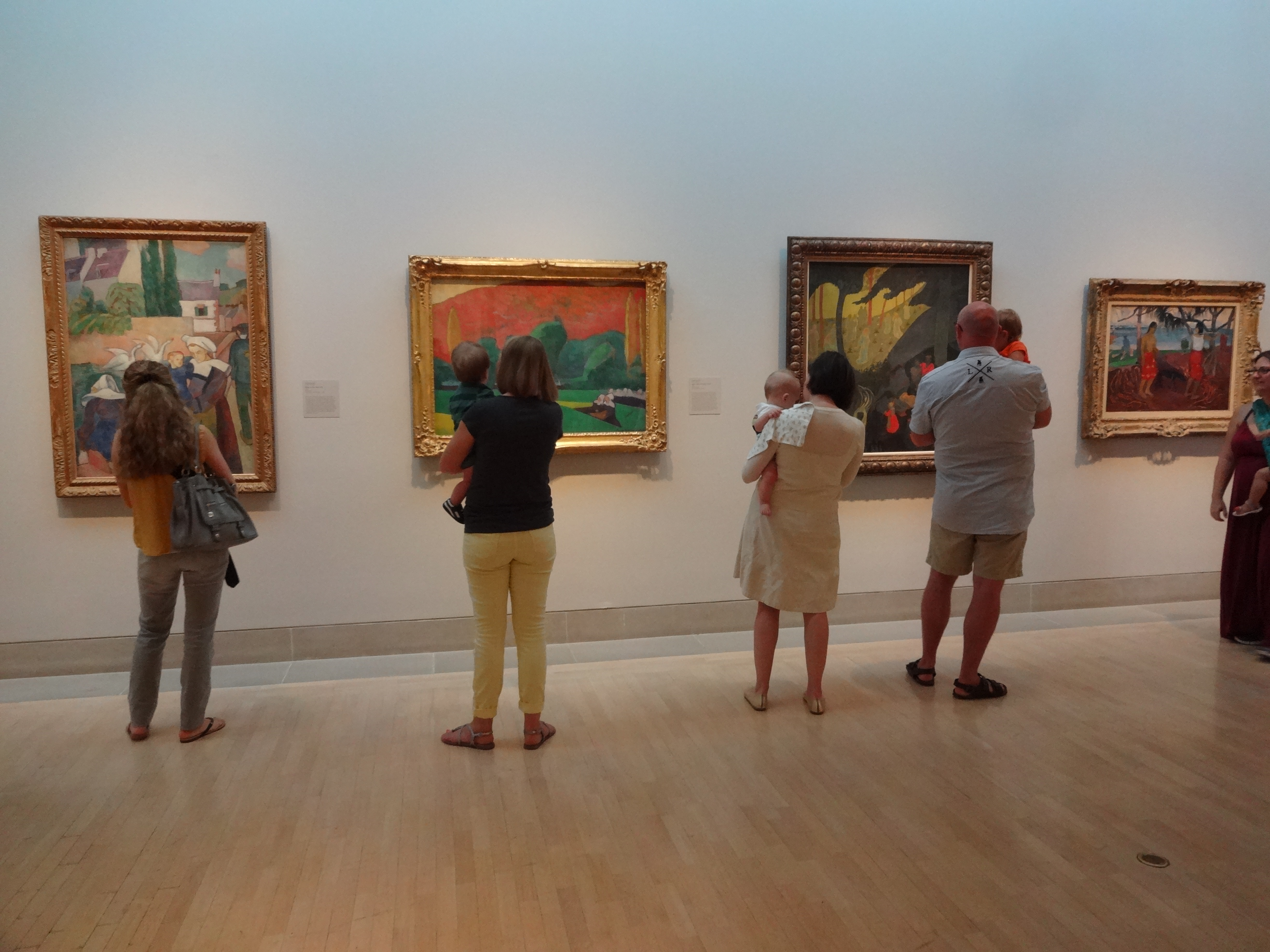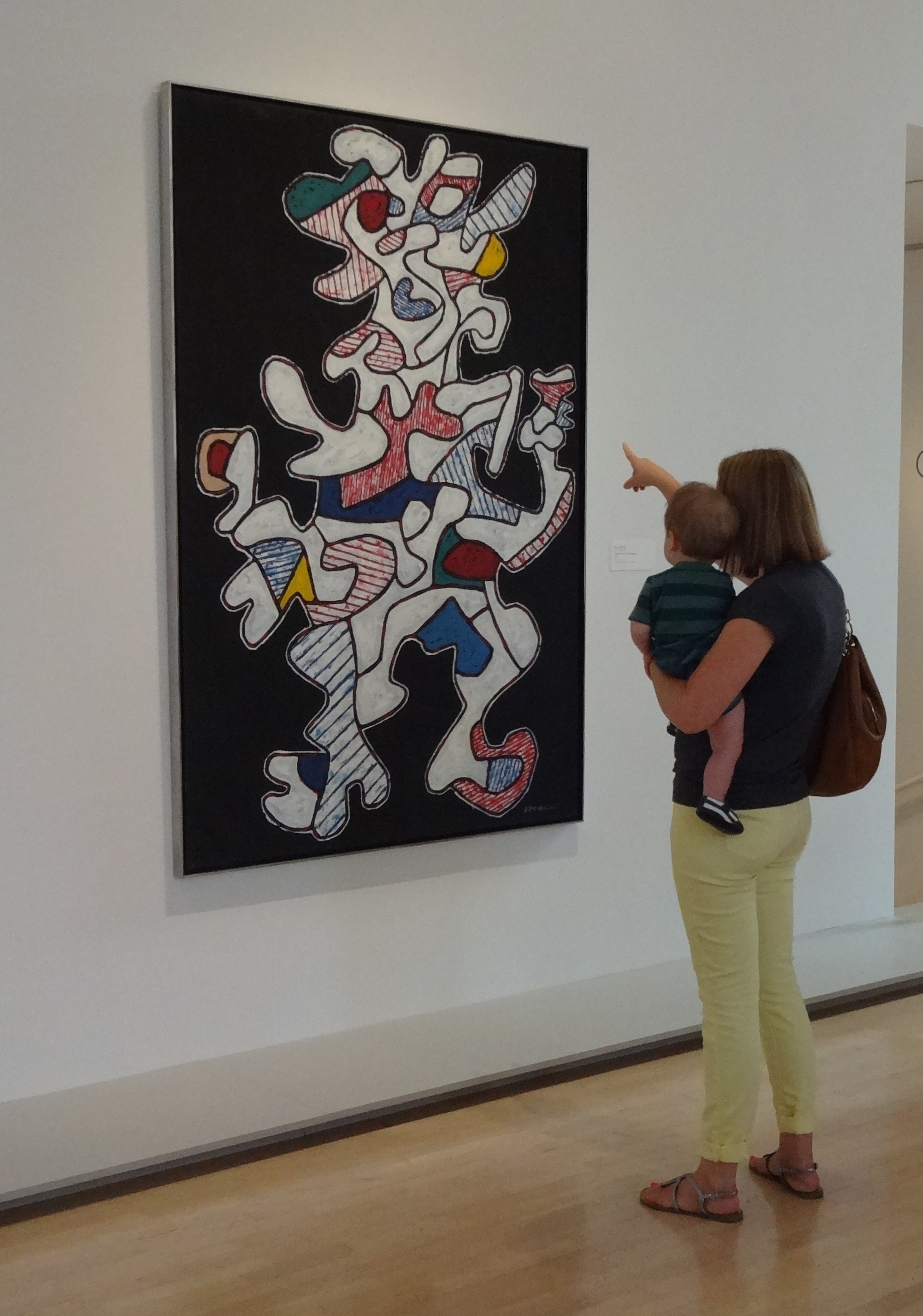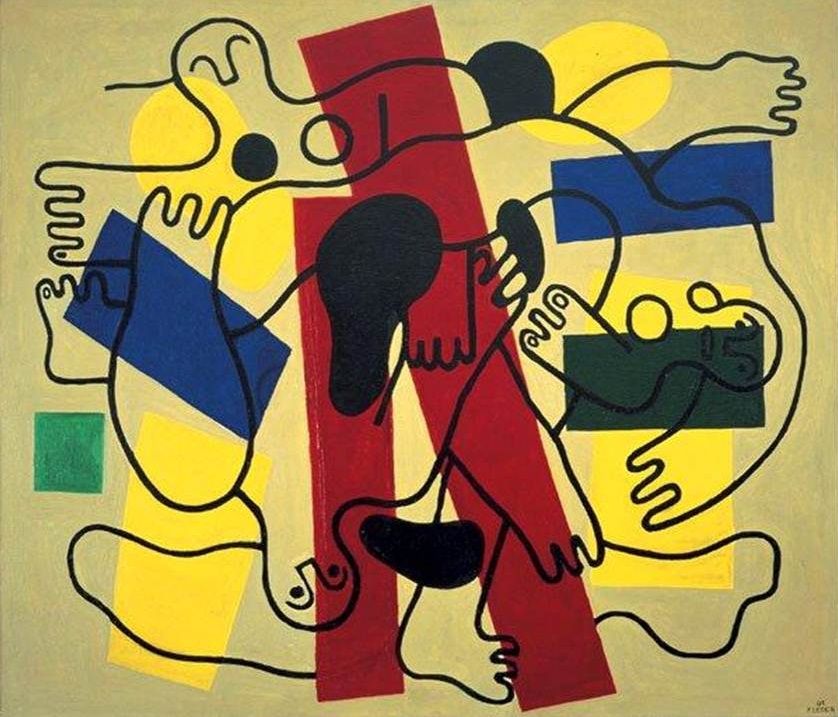For children’s book lovers, January is the month when we wait in anticipation to hear who will win the Caldecott Award. We’ve spent the year oohing and ahhing over gorgeous illustrations, delighting in quirky characters and being filled with wonder as yet another story reaches The End. Several of this year’s contenders are books that I think would feel right at home here at the DMA, both because of the quality of their illustrations and the power of their stories.
In Mr. Tiger Goes Wild by Peter Brown, Mr. Tiger is quite the respectable, gentlemanly tiger. His top hat and bow tie are endearingly dapper, and his manners are every mother’s dream. But that is all about to change when Mr. Tiger has a wild idea. Brown’s watercolor and gouache illustrations perfectly capture Mr. Tiger’s journey from the orderly, precise city to his walk on the wild side in the jungle. When I read the book, I immediately thought of Henri Rousseau’s vivid jungle scenes and the sneaky tiger on a Japanese scroll here at the DMA. Can you imagine this tiger in a suit and tie?
-
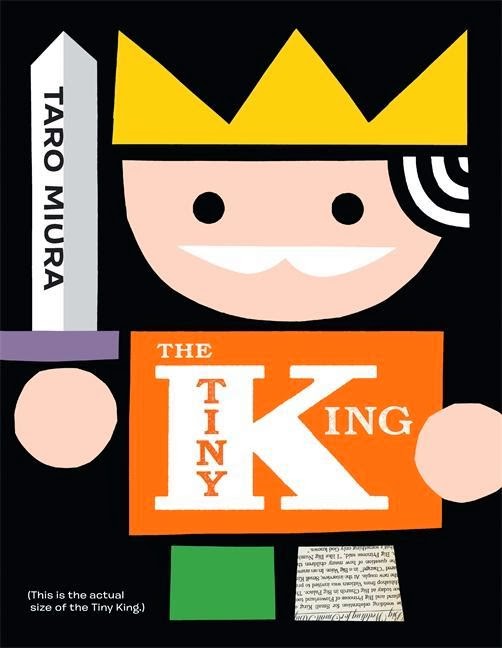
The Tiny King has a huge army, a massive castle, and all the things a person could wish for. But he is very, very lonely. When he meets a big princess, and asks her to be his Queen, his life gets noisier, more crowded, and definitely more happy—bigger in every way! Taro Miura creates bold, colorful illustrations that remind you how simple shapes and a lot of imagination add up to memorable visual images. Pair this book with a close look at some of the Abstract Expressionist paintings on view at the DMA, and you can have your own shape-filled adventure. To see more of Miura’s amazing illustrations, visit Carter Higgins’ blog Design of the Picture Book (one of my favorites).
What can you do with a piece of chalk? Create an entire world! Reminiscent of Harold and the Purple Crayon, Journey’s heroine uses red chalk to draw a door to another world. She creates a hot air balloon, a magic carpet, and a bicycle to help her get around, and the illustrations beg you to look closer and closer as she explores this new place. When she loses her chalk, it seems like all is lost, until she gets some help from a surprising place. Aaron Becker’s watercolors make you feel like you’ve jumped into a painting, and reminded me of Claude-Joseph Vernet’s A Mountain Landscape with Approaching Storm. With an interrupted picnic in the foreground and a shiny castle in the background, you wish you could just walk around this mountain landscape and experience the frantic activity as the storm draws closer. Journey would work well as a classroom warm-up to practice close-looking, storytelling, and searching for contextual clues before a visit to see the Vernet at the museum. (To see a video demonstrating how the illustrations for Journey were created, visit the author’s website).
Duncan’s crayons have gone on strike and instead of an afternoon spent coloring, he faces a pile of complaint letters. Yellow and orange are arguing over what color the sun really is, blue is worn out from coloring water, white is feeling neglected, and the beige crayon worries that he is only ever a stand-in for the brown crayon. Duncan’s colorful solution for soothing everyone’s frazzled nerves shows some stellar out-of-the-(crayon)-box thinking. The Day the Crayons Quit by Drew Daywalt is just as entertaining for kids as it is for adults, and makes you wonder what your crayons would say if they could talk. Oliver Jeffers’ whimsical illustrations bring the crayons to life and offer the perfect way to start a conversation about the surprising ways artists use color in their work. You can meet artist Oliver Jeffers here at the DMA on February 9th as part of the Arts & Letters Live BooksmART series. Learn more about the program and reserve your free tickets here.
Do you have a favorite picture book that you hope will walk away with the Caldecott next week?
Leah Hanson
Manager of Early Learning Programs
